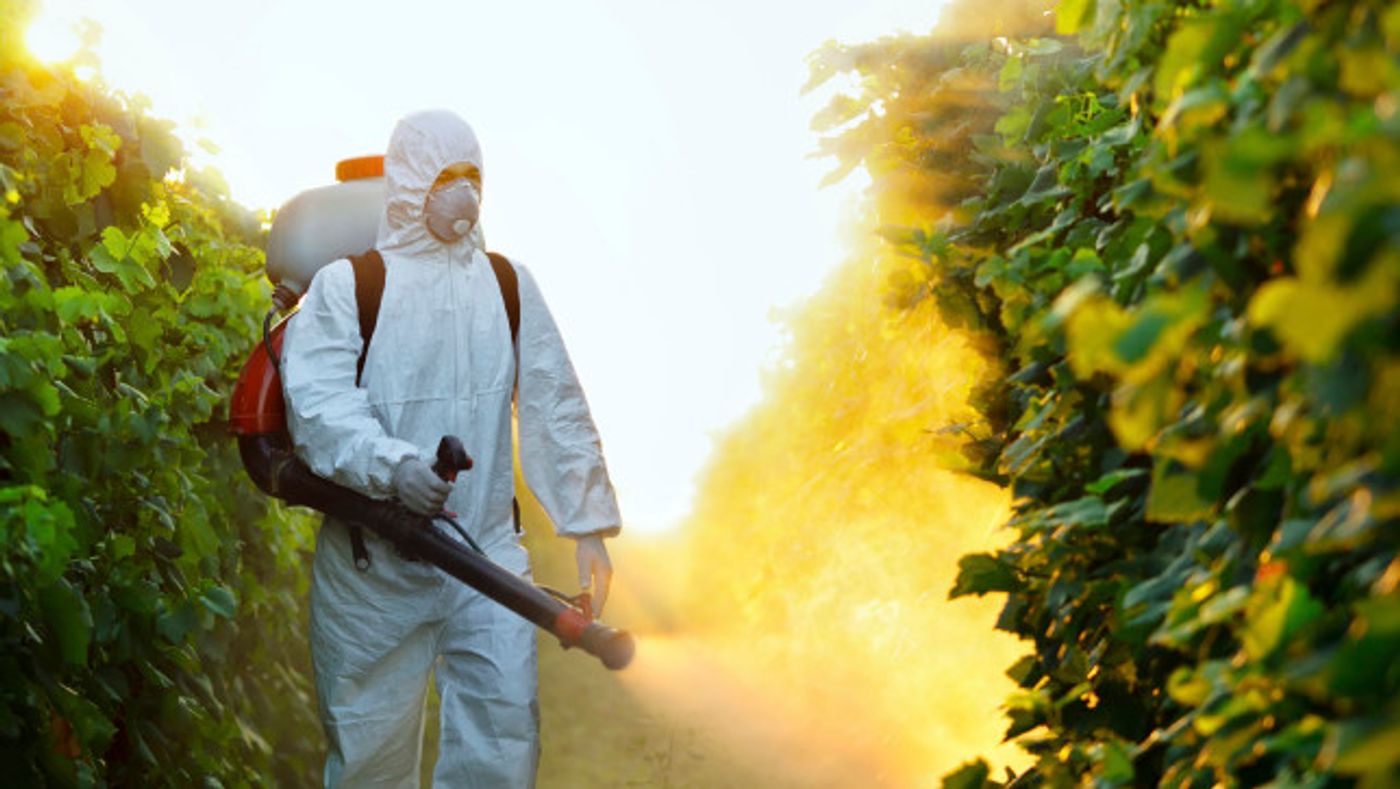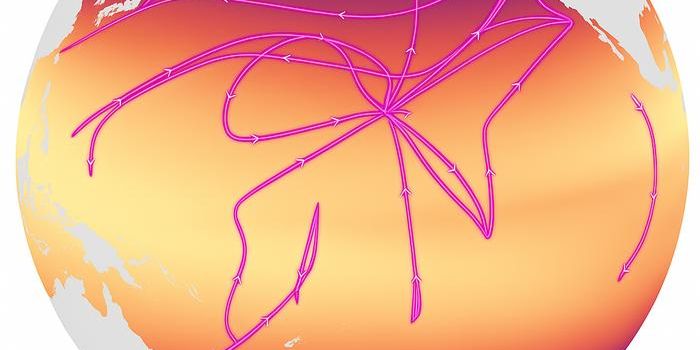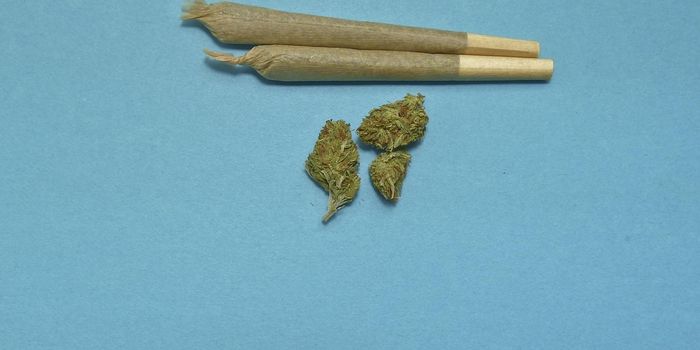Common Pesticides Threaten Up to 97% of Endangered Species
There are a number of animal species that are having a hard time right now because of the ever-changing environment. Among the factors that play a role are deforestation, over-hunting, and climate change, but other factors play a role too, such as chemical use, like those of pesticides.
Image Credit: Sustainable Pulse
Although pesticides aren’t one of the top three reasons behind the endangerment of most animal species, a new announcement from the Environmental Protection Agency (EPA) suggests that pesticides threaten as much as 97% of today’s 1,800 endangered species, hurting their existence and bringing them closer to extinction.
This evaluation comes as a response to a report from the National Academy of Science, and the data was built form details accumulated in a joint effort between the United States Fish and Wildlife Service (FWS), as well as the National Marine Fisheries Service.
According to more detailed statistics, which were included in a statement, two common pesticides dubbed malathion and chlorpyrifos are the most detrimental to those 97% of endangered species that were cited earlier. In addition, the pesticide diazinon is also detrimental, which has been identified to harm as much as 78% of the world’s known endangered species.
These pesticides weren’t created specifically with the intention of harming endangered species; on the other hand, their regulation hasn’t been that great, so they’ve been used in irresponsible ways that can lead to more impact on our environment than we’ve hoped for.
“We’re now getting a much more complete picture of the risks that pesticides pose to wildlife at the brink of extinction, including birds, frogs, fish and plants,” said Nathan Donley, senior scientist at the Center for Biological Diversity. “The next step will hopefully be some commonsense measures to help protect them along with our water supplies and public health.”
“When it comes to pesticides, it’s always best to look before you leap, to understand the risks to people and wildlife before they’re put into use,” Donley continued. “The EPA is providing a reasonable assessment of those risks, many of which can be avoided by reducing our reliance on the most toxic, dangerous old pesticides in areas with sensitive wildlife.”
The lengthy list of side effects that these pesticides have on the environment, as well as the health of wildlife and even human beings, has led to increased awareness of their dangers. For example, chlorpyrifos is already being considered for a ban list, while malathion and diazinon are each considered carcinogens, which means they’ve been linked to causing cancer.
The three pesticides are used across the United States to prevent pests from ruining crops that are used to feed the nation. Unfortunately, the pesticides make their way into our systems after we eat what the crops produce, and then get passed to our offspring, which is why the three have all been found in more than 87% of human umbilical cord samples.
Changes are undoubtedly destined to happen in the future, not only to protect the endangered species that are likely facing challenges because of them, but also to protect the human race from carrying toxic chemicals in their systems that can cause mutation and then passing it along from generation to generation.
Source: EcoWatch, Center for Biological Diversity









